Recently, engineers at Fishbeck have talked with facility managers interested in taking HVAC measures to improve indoor air quality in the wake of COVID-19. These conversations have generated a recurring question: “How do I know that what I’m doing is effective?”
One facility manager was considering portable air cleaners and suggested a controlled test of a room’s surfaces to evaluate the equipment’s effectiveness. Another manager asked how we know ionization and humidification systems are performing effectively.
It’s perfectly reasonable to want proof that your airborne virus count is actually decreasing as a direct result of your mechanical measures. But unlike the immediate performance feedback, we get from heating and cooling systems, where people will feel either too hot or too cold, getting direct feedback on COVID reduction is impractical. It would be either extremely costly or impossible to isolate the variables involved and thus gauge the effectiveness of measures for your specific systems.
A Prescribed Approach to Testing and Research
Instead, Fishbeck takes a prescribed approach – one where extensive testing and research in the past and present gives us excellent guidance for improving HVAC systems. That’s why we focus on a holistic method when dealing with airborne disease transmission; one which considers filtration, ventilation, ultraviolet irradiation, humidification, and needlepoint bipolar ionization.
A focus on these aspects will increase your HVAC system’s performance.
Before upgrading your systems, we recommend starting with basic HVAC checks. Through our many years of providing retro-commissioning, experience has shown time and again that HVAC system deficiencies persistently prevent optimal operation. These deficiencies often greatly decrease indoor air quality and increase energy consumption. For this reason, we recommend these initial steps:
- Review your control system and physically inspect your equipment. Review your systems with an emphasis on clean air delivery via proper filtration, operating schedules, outdoor air control, and air system operation. The goal is to get your system operating at its optimal levels. These may sound like obvious actions, but in our experience, nearly every building has problems that go undetected. Many of these will directly impact indoor air quality.
- Evaluate your HVAC systems relative to ASHRAE Standard 62.1, the purpose of which is “to specify minimum ventilation rates and other measures intended to provide indoor air quality…that minimizes adverse health effects.” By achieving ASHRAE 62.1 thresholds, owners typically see an improvement; often that improvement is drastic. After achieving these minimum airflow rates, increasing airflow may then be warranted.
Potential Solutions
Once these steps are complete, consider one of the following upgrades: filtration, increased ventilation, humidification, ultraviolet irradiation, or bipolar ionization. In most cases, it’s not practical or necessary to do all of these. Where you start will be driven by such factors as your system type and resources available to implement. We suggest the following order of consideration as a starting point.
- Filtration. Increasing filtration to MERV-13 has become a leading recommendation because of its relative simplicity, cost, and effectiveness. You still must consider fan system ability to overcome higher pressure drop, filter thickness limitations, how a particular filter achieves its efficiency rating (electrostatically charged filters will degrade faster), filter location in the system, and availability of filters.
- Ventilation. Numerous studies over the years have linked increasing ventilation to the reduction of disease transmission. It is a proven measure, but consideration should be given to heating and cooling coil and plant capacity, energy cost increases, and how ventilation rates can change or modulate automatically.
- Humidification. For buildings in Michigan, it’s a struggle to add humidification unless they were originally constructed to include it. If humidifiers were not installed at the time of construction, they will be expensive to install post-construction. If a proper vapor barrier is not installed or if the glass is old single-pane, condensation will be a problem, and humidifier operation will be cost-prohibitive.
- UVGI. A proven technology, UV lights can be quite effective. Intensity must be sufficient, and caution must be taken to avoid human exposure. If applied in an airstream, air velocity must be low enough to effectively neutralize viruses.
- Bipolar ionization. These systems have gained popularity, although studies are limited. If used, needlepoint type is best since it does not produce ozone. ASHRAE’s favorability of ionization technology has improved to the point of recommending this technology under certain conditions.
The difficulty involved in proving airborne virus counts are directly decreasing as a result of mechanical measures means that facility managers should rely on sensible, established measures to improve indoor air quality in their buildings. The first, and one of the best, things to do is confirm your existing systems are operating properly. Then, guided by sound engineering judgment, begin to implement strategies that consider all the major factors and available information so you can minimize risk to your top priorities and provide a safer working environment.
This article was originally featured in The Source.

Ted Perron, PE, CEM, LEED AP
Senior Mechanical Engineer, Fishbeck
Ted is a leader in energy management at Fishbeck with both technical and project management backgrounds. His experience includes many types of mechanical systems; design of advanced HVAC and control systems; complete mechanical systems commissioning including functional performance testing and control system evaluations; HVAC TAB; energy modeling and life-cycle cost analyses; and BIM




